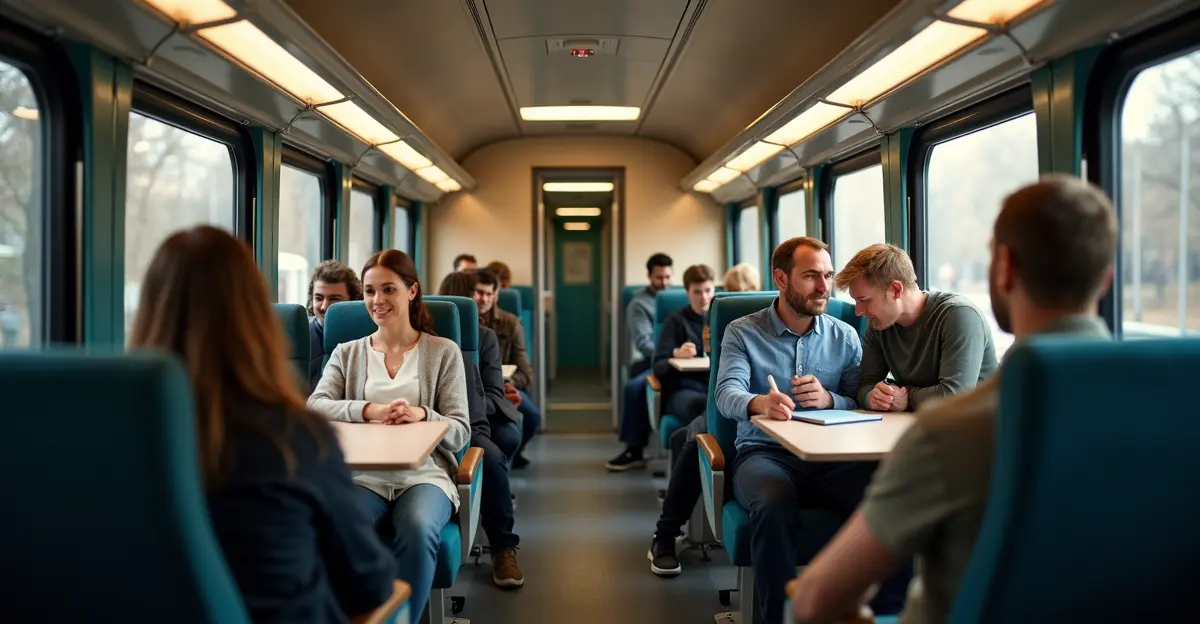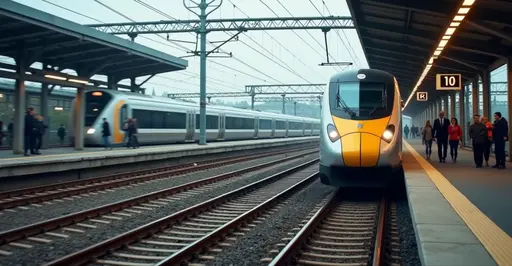
The Return of the Night Train
Europe is witnessing a remarkable revival of sleeper trains as travelers seek sustainable alternatives to short-haul flights. Austrian Federal Railways (ÖBB) has been at the forefront of this movement with its Nightjet service, expanding routes and introducing modern amenities that make overnight rail travel more appealing than ever.
New Cross-Border Connections
The Nightjet network has significantly expanded in recent years, with new routes connecting major European cities. Key additions include services from Vienna to Paris via Munich, Zurich to Amsterdam via Cologne, and connections between Berlin and Brussels. These routes offer convenient overnight travel options that allow passengers to maximize their daytime activities while reducing their carbon footprint.
Enhanced Onboard Experience
Modern sleeper trains have undergone a complete transformation. The new Nightjet trains feature private compartments with en-suite bathrooms, comfortable beds with premium linens, and improved sound insulation. Many routes now offer dining cars serving regional cuisine, WiFi connectivity, and dedicated spaces for business travelers. The experience combines the romance of classic rail travel with contemporary comforts.
Price Comparison: Train vs Flight
While sleeper trains typically cost more than budget airline tickets, the value proposition has improved significantly. A Nightjet ticket from Vienna to Paris starts around €120 for a couchette, which includes accommodation and transportation. When compared to the combined cost of a flight, airport transfers, and hotel stay, the train often proves more economical—especially for business travelers who can work during the journey.
Environmental Benefits
The climate crisis has been a major driver of the sleeper train revival. Rail travel produces up to 90% less CO2 emissions per passenger than equivalent flights. European governments are supporting this shift through subsidies and infrastructure investments, recognizing night trains as crucial to meeting climate targets.
Future Expansion Plans
The European Union has ambitious plans for cross-border rail connectivity. By 2030, night train services are expected to connect all major European capitals, with new routes planned to Barcelona, Stockholm, and Eastern European destinations. Private operators are also entering the market, offering luxury sleeper experiences that compete with premium airline services.
The sleeper train renaissance represents more than just nostalgia—it's a practical solution for sustainable travel in the 21st century. As infrastructure improves and consumer demand grows, night trains are poised to become a mainstream transportation option across Europe.

 Nederlands
Nederlands English
English Français
Français Deutsch
Deutsch Español
Español Português
Português






